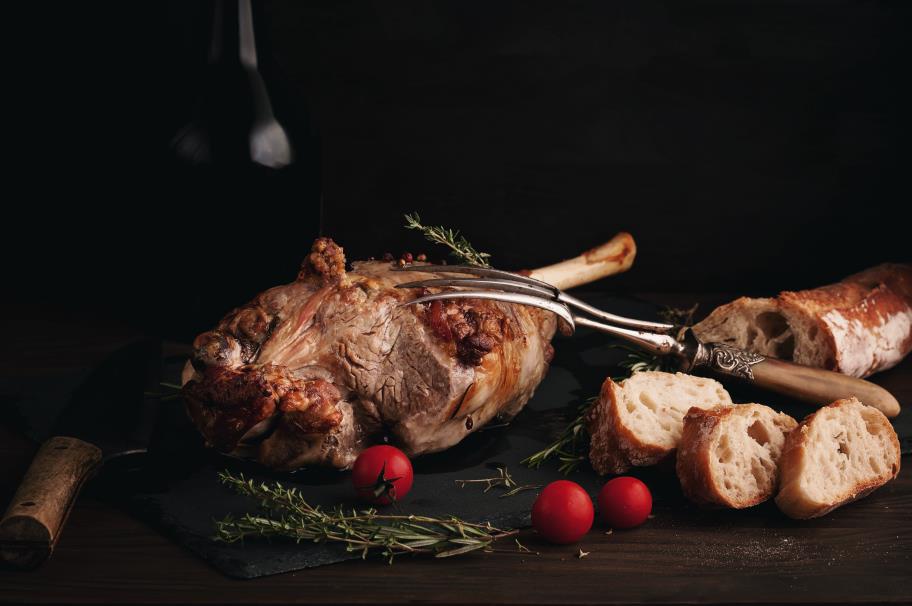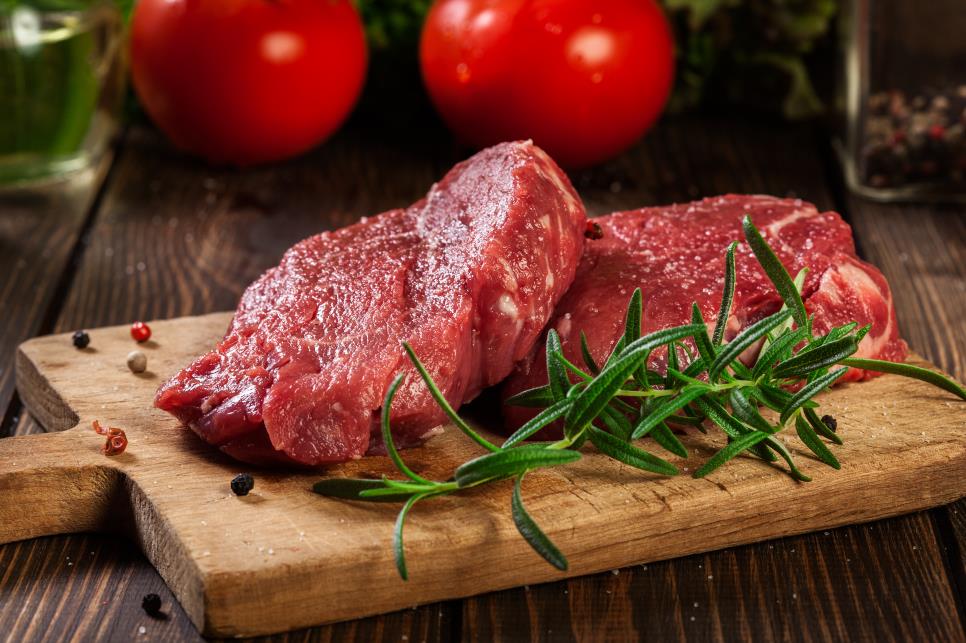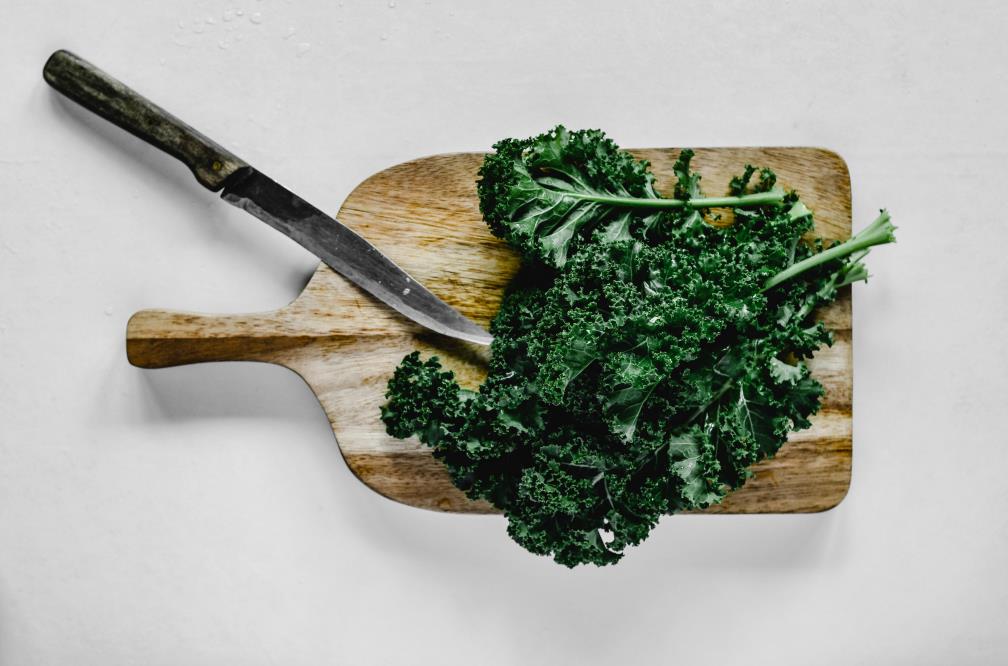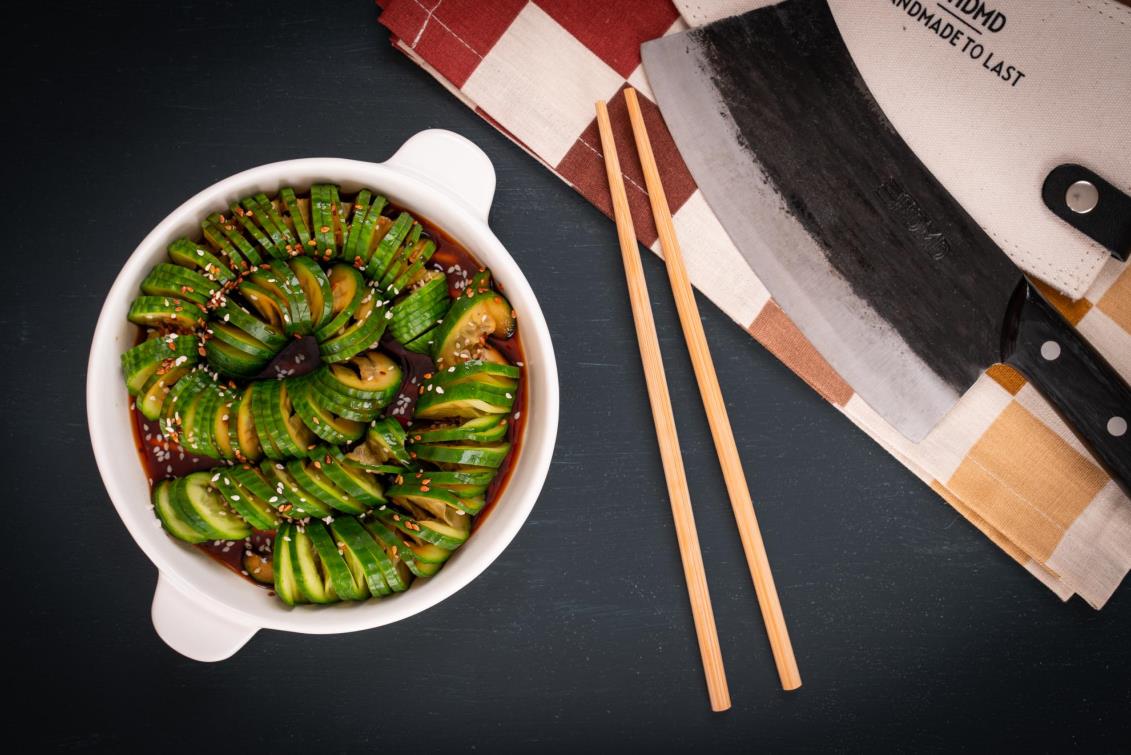Mangos are one of the most popular fruits in the world today. They are very exotic with a sweet, refreshing taste and rich orange flesh. Before you can enjoy the hidden pleasures of a mango, you must prepare it properly. This involves removing the tough outer skin and hard stone within.
You can cut a mango with its skin on, or you can peel it first. Either way, it is a good idea to wash it before cutting. Firstly, chop off the stem at the very bottom of the mango and balance the mango on this flat side. From the top, slice down along the wider face of the mango. Cut close to the stone to remove as much flesh as possible; repeat this on the other side.
Cut the remaining flesh off the other sides of the stone so that you have four pieces of flesh. You can chop the pieces of mango into slices or cubes. If you cut the mango without peeling it, you need to take off the skin next. You can scoop the flesh out of the skin with a spoon, or you can slice it into cubes and turn the skin inside-out.
To make cutting mangos easier, you can buy a mango splitter that will take most of the flesh off in a single move. We will show you how to use this tool. In addition, we will talk about the health benefits of eating mangos and give you a few easy mango recipes you can try today.
Table of contents
Is your mango ripe?
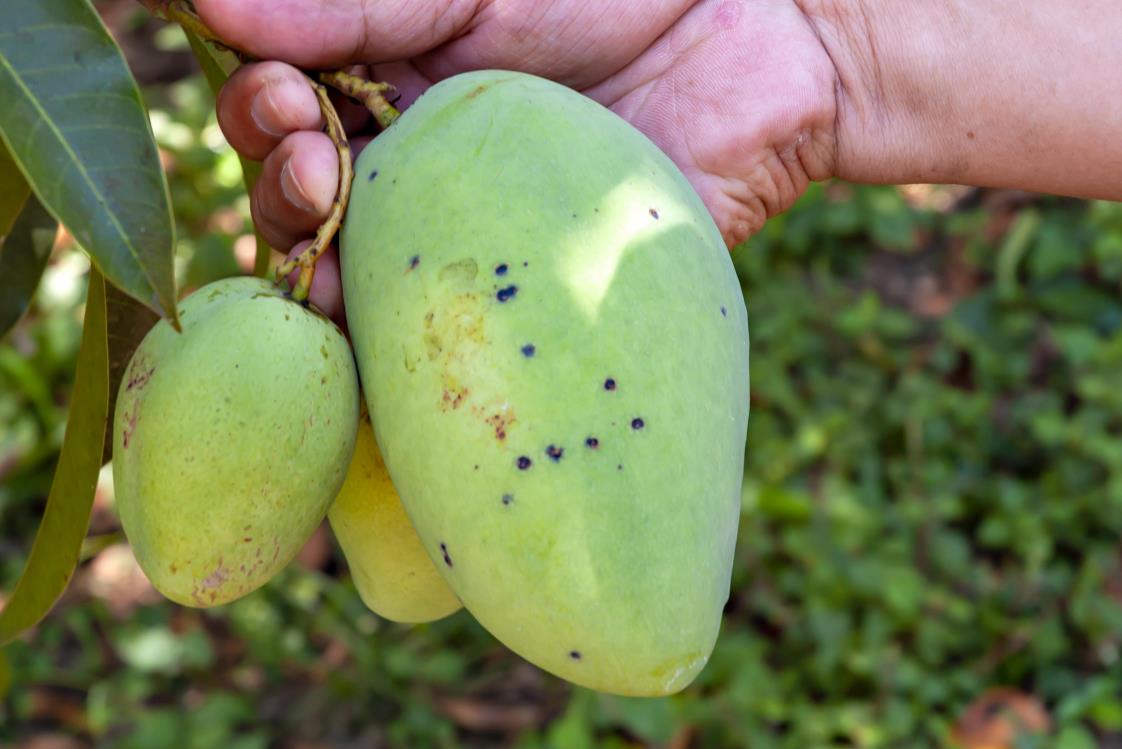
Before you start cutting your mango into pieces, you should check that it is ripe. Unripe mangos taste sour plus are firm and difficult to cut through. You will enjoy this fruit much more if you wait for it to ripen. There are a few ways to confirm:
Color
The first easy way to check this is by looking at the mango’s color; less ripe mangos tend to be greener. Riper mangos are often more red and yellow. That said, mangos do not always change color as they ripen, so you should use the other methods to double-check.
Texture
Ripe mangos are soft mangos. If you gently squeeze the surface of a ripe mango with your fingers, it will feel soft, and a dent will appear. Conversely, unripe mangos feel rock-solid.
Smell
When a mango is ready to eat, it has a characteristically sweet mango smell. Unripe mangos do not give off a sweet aroma ― they smell of virtually nothing.
With these three techniques, you should have enough clues to determine whether or not your mango is ripe. Note that overripe mangos are still edible, though they can be very juicy and mushy and therefore difficult to handle. Overripe mangos can also have brown patches on their skin; they may be safe to eat, but take care to avoid rotten mangos.
How to prepare for cutting
Collect your equipment
The first key piece of equipment you need for this task is a solid cutting board. This can be wooden or plastic and should be clean and dry before you begin.
The ideal knife for cutting a mango is the paring variety. The small and sharp blade is well-suited to delicate tasks such as cutting fruit. A small paring knife will easily cut around the stone of a mango. If you do not have a paring knife to cut with, a chef knife will work fine.
If you plan to scoop the mango from its skin, make sure you have a spoon ready too.
Handpicked for you
True cutting power in the palm of your hand
Wash the mango
This is a very simple but important step. It is a good idea to wash your hands before handling any food items. Then, simply wash the mango under a tap for around 10-20 seconds while rubbing it with your hands. This will remove any contaminants from the skin.
When the mango is washed, you can dry it with a clean tissue or towel.
How to peel a mango
This step is optional. If you wish to peel your mango, a vegetable peeler will make this job a lot easier. Otherwise, you will have to use a knife. Place the mango on the cutting board and hold it down with your non-dominant hand. Grip the peeler firmly and gradually peel away the skin as if you are peeling a potato. Keep rotating the fruit on the board to expose other parts of the skin.
If you prefer, you can peel while holding the mango in your non-dominant hand, but you must take care because the mango can be slippery. After peeling, you should throw away the skin before cutting into the mango.
How to cut a mango

There are several ways to cut your mango depending on how you wish to serve it or the dish you intend to make. You have to decide whether you want to peel the mango beforehand. For beginner chefs, it is recommended not to peel the mango first since a peeled mango is slippery and more difficult to work on.
Without peeling
If you decide to leave the skin on, cut the stem off the bottom of the mango to produce a flat surface. You can place the mango upright on this surface while you cut the rest.
The mango’s seed is shaped like a long oval. It runs vertically through the center of the mango and is oriented parallel to the wider faces. Place your knife at the top of the mango parallel to the seed. Begin slicing downwards ― you might feel the hard stone with your blade. Try to cut as close to the stone as possible to remove the maximum amount of flesh.
When you reach the bottom of the mango, you will have cut off one “cheek” of flesh. Turn the mango around and repeat this on the other side to take off the second cheek. Now all that remains on the seed are two thinner strips of flesh. Slice both of these off and discard the stone.
Now you need to remove the skin from the four pieces of mango (two cheeks and two strips). You have a few choices:
- Scoop the flesh out with a spoon to get four pieces of skinless mango. You can eat them like this, or cut them into thin strips or cubes.
- While holding a cheek in your non-dominant hand, score the mango flesh vertically and then scoop it out. This will produce thin strips of mango.
- For a more fancy presentation, you can slice vertical and horizontal lines into the mango cheeks to produce a grid. Then, push the skin of the cheeks with your thumbs to turn them inside-out and reveal a beautiful display of cubes. Alternatively, you could scoop the mango cubes out with your spoon.
After peeling
If you do decide to peel your mango, the initial steps are the same as above. The only difference is that you must be more careful with the skinless fruit as the juice can make it slippery. When you have separated the mango flesh from the seed, you should have four pieces.
As before, there are a few methods of presentation that you can choose:
- Slice the pieces of mango into long vertical strips. To achieve this, place the mango pieces flat on the cutting board and make a series of parallel vertical cuts.
- Cut the mango into small cubes. You can do this by cutting them into strips and then making perpendicular cuts along the strips to produce cubes.
How to use a mango splitter
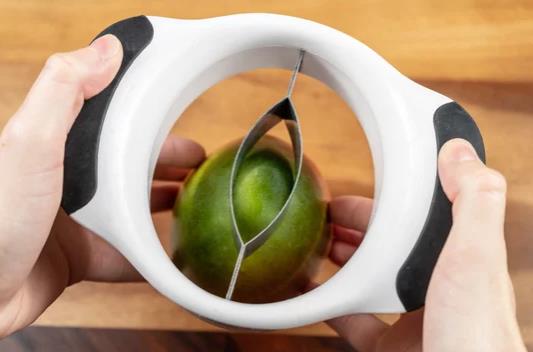
If you love the taste of mangos and use a lot of them in your dishes, it may be worth purchasing a splitter. The techniques described above are effective but can be time-consuming. You will save lots of time and energy by using this clever device to cut mangos instead.
When you buy a mango splitter, it usually has two parts; a stand and a splitter. The stand supports the mango, while the splitter is a circular device with a metal blade. The blade of the splitter is specifically designed to cut around the pit in the center.
You can peel a mango before using a spitter, though this isn’t essential. Here is the step-by-step method for using a mango splitter:
- Place the mango in the stand upside-down (with the stem facing up).
- Take the splitter and align it with the mango’s seed. The oval blade should be parallel to the wider sides of the mango.
- Push down hard to slowly slice through the mango until you reach the bottom.
- Lift the mango pieces out from the splitter. There will be three pieces; the seed and two cheeks.
- Using a knife, feel free to slice off any extra flesh from the seed that the splitter missed.
Are mangos nutritious?
Like many fruits, mangos offer plenty of health benefits that make them a great addition to your diet. Mangos are refreshing and a good source of fiber, although they contain no fat or sodium. By eating one mango, you can expect to consume just 202 calories.
The mango is sometimes said to be a superfruit because it contains so many health-promoting vitamins and minerals. These are just a couple:
Vitamin C
One cup of mango gives you ⅔ of your daily recommended vitamin C intake. This vitamin helps your cells to repair faster and strengthens your immune system by promoting the growth of white blood cells. Despite the sugar in mangos, its vitamin C content has been linked with reducing diabetes risks.
Iron
A cup of mango contains ⅕ of your recommended daily copper intake. This metal improves immunity since your body uses it to make red blood cells. Copper helps to build strong bones and is beneficial for your cardiovascular and nervous systems as well.
Simple mango recipes
So, we know that mangos are both healthy and tasty. Now you understand how to prepare them, it’s time to learn a few recipes that require good mango cutting skills.
Mango sorbet
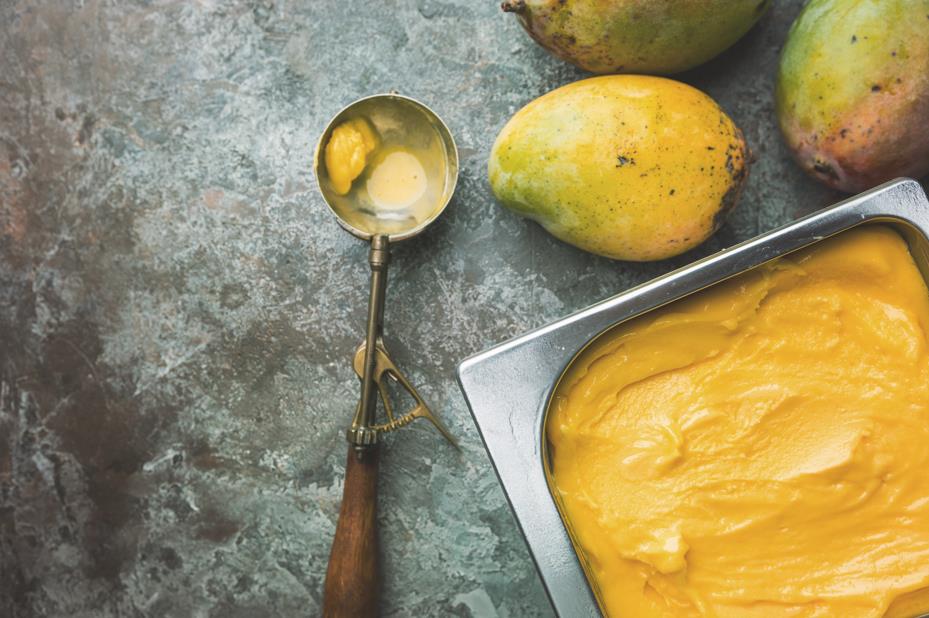
This delicious sweet treat is perfect for cooling down on a warm day. After peeling and chopping a few mangos, you need to combine them with sugar and lime juice in a blender. Freezing this mixture for a few hours produces refreshing sorbet.
Mango smoothie
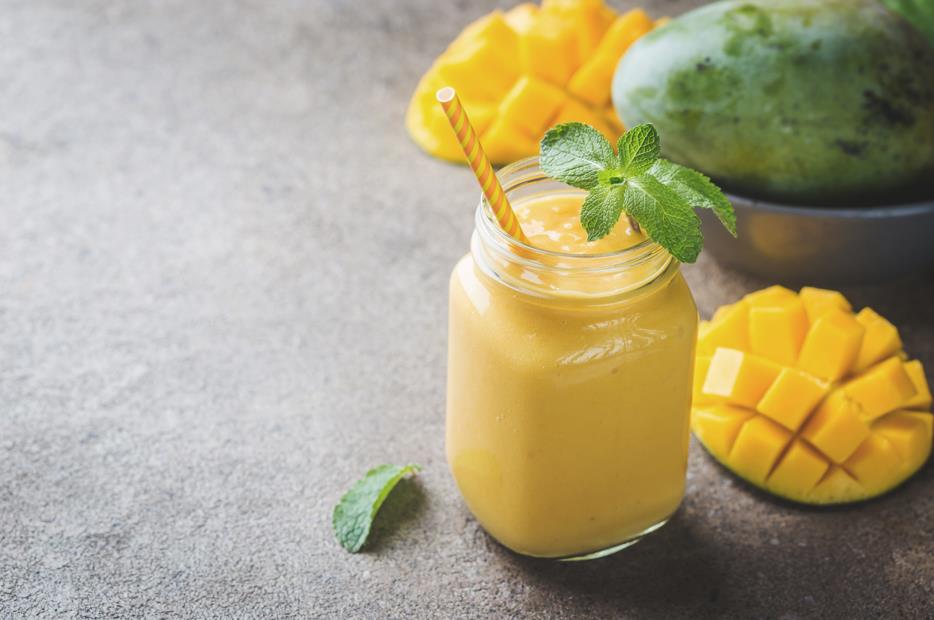
You can stay hydrated with this cool and thick beverage. This recipe uses frozen mango pieces, so you can cut and freeze a mango yourself, or you can buy a bag of frozen mango. All you have to do is mix the mango with bananas, orange juice, and ice in a blender to create this delicious drink.
Mango chutney
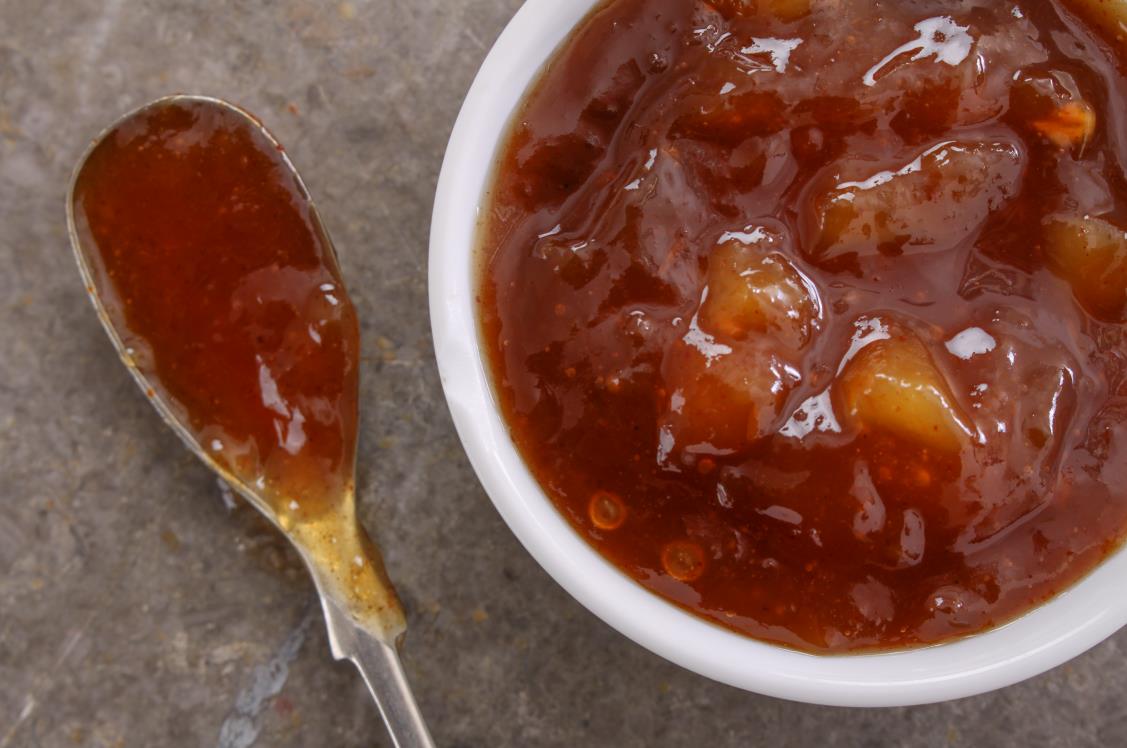
This famous sauce works well in sandwiches and tastes fantastic with meats and cheeses. To make it yourself, you need to combine lots of different spices with mango pieces in a pan. It is a challenging recipe, but the results are incredible. Here are the full instructions.
Invest in a good knife for all your kitchen tasks
Even if you don’t have a peeler or mango splitter, you can peel and chop a mango with a sharp knife.
A kitchen knife is useful for preparing most ingredients and will work for many years if you maintain it properly. Why not browse our collection of high-quality blades?







